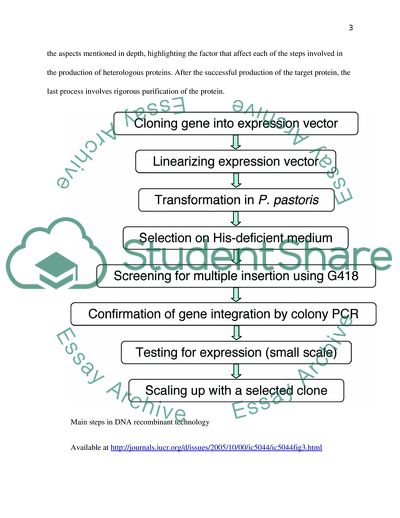Cite this document
(Industrial Scale Production of Heterologous Proteins Essay Example | Topics and Well Written Essays - 4250 words, n.d.)
Industrial Scale Production of Heterologous Proteins Essay Example | Topics and Well Written Essays - 4250 words. https://studentshare.org/biology/1812277-write-an-essay-on-industrial-scale-production-and-purification-of-a-heterologous-protein
Industrial Scale Production of Heterologous Proteins Essay Example | Topics and Well Written Essays - 4250 words. https://studentshare.org/biology/1812277-write-an-essay-on-industrial-scale-production-and-purification-of-a-heterologous-protein
(Industrial Scale Production of Heterologous Proteins Essay Example | Topics and Well Written Essays - 4250 Words)
Industrial Scale Production of Heterologous Proteins Essay Example | Topics and Well Written Essays - 4250 Words. https://studentshare.org/biology/1812277-write-an-essay-on-industrial-scale-production-and-purification-of-a-heterologous-protein.
Industrial Scale Production of Heterologous Proteins Essay Example | Topics and Well Written Essays - 4250 Words. https://studentshare.org/biology/1812277-write-an-essay-on-industrial-scale-production-and-purification-of-a-heterologous-protein.
“Industrial Scale Production of Heterologous Proteins Essay Example | Topics and Well Written Essays - 4250 Words”. https://studentshare.org/biology/1812277-write-an-essay-on-industrial-scale-production-and-purification-of-a-heterologous-protein.


